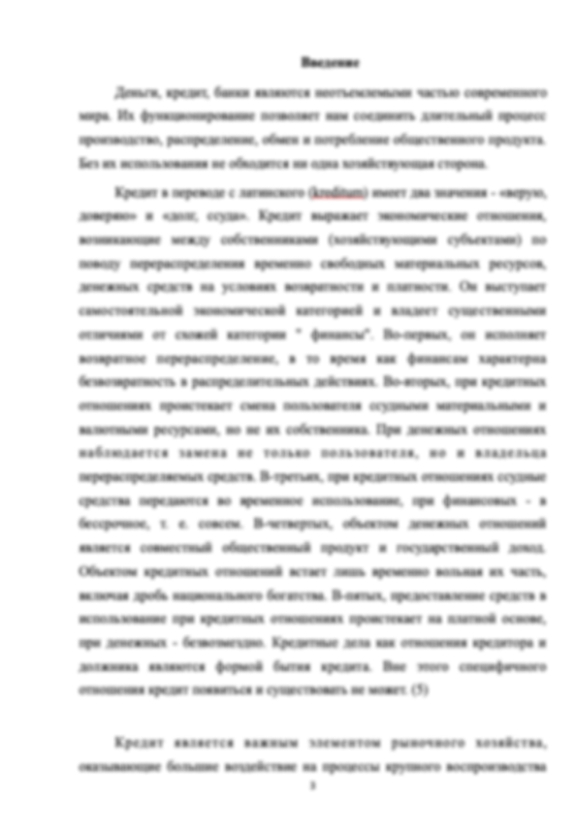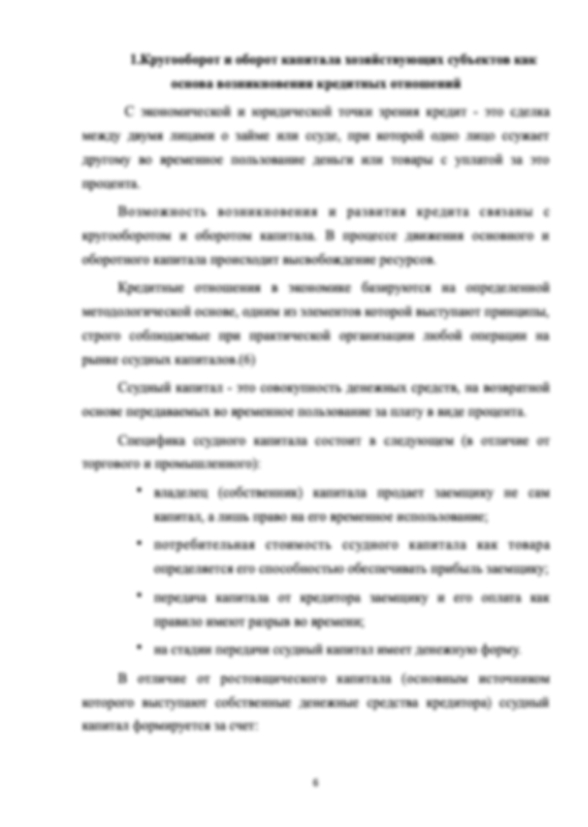Спасибо за работу. Ответственный автор, всем рекомендую)
Информация о работе
Подробнее о работе

Контрольная работа по английскому языку КрИЖТ ИрГУПС
- 6 страниц
- 2016 год
- 609 просмотров
- 0 покупок
Гарантия сервиса Автор24
Уникальность не ниже 50%
Фрагменты работ
Вариант 2
I. Перепишите и переведите предложения, обращая внимание на употребление времён группы Continuous (Present, Past, Future) в действительном и страдательном залогах. Выпишите сказуемые и укажите их видовременные формы.
1) The “Repin” train is departing from St.Petersburg’s Finlandsky terminal at this moment.
2) The construction of the Moscow Metro is not completed; it is still going on.
3) A new railway station was being built for two years.
4) Much attention is being paid to track facilities.
5) The workers will be cleaning the cars tomorrow morning.
II. Перепишите и переведите предложения, поставив глагол в нужную форму.
1) This line (to upgrade – Present Continuous Passive) to carry heavier volumes of freight and passenger traffic.
2) We ( build - Future Continuous Active) a new railway line in this region.
3) The railway engineers (to change – Present Continuous Active) the design of the passenger cars now.
4) The trains ran at a reduced speed when the workers (to replace – Past Continuous Active) sleepers.
5) Research (to make –Past Continuous Passive) in the field of en-ergy saving technologies on railways.
III. Перепишите и переведите предложения, выбрав пра-вильную форму сказуемого (Active or Passive).
1) Nowadays experiments (are making; are being made) with the automatic train control.
2) Automatic control system (is saving; is being saved) train time.
3) The tunnel which the train (is running through; is being run through) is finished with brick.
4) The railways (are developing; are being developed) and remain the vital arteries of national and international economic life.
5) Higher overall speeds (are making; are being made) possible due to the improved track.
IV. Перепишите и переведите предложения, обращая внима-ние на употребление модальных глаголов их эквивалентов. Под-черкните модальные глаголы в английских предложениях и в пере-воде.
1) Many old artifacts can be seen in the museum of transport.
2) Any passenger should be able to board the train without a diffi-culty.
3) One must understand that the work of an engine driver requires much experience.
4) You need not go to the railway station to buy tickets because you can book them at the nearest travel agency.
5) It is a non-smoking carriage. You are not allowed to smoke here.
V. Образуйте от данных глаголов две формы Participle I. По-лученные причастия переведите на русский язык.
Model: to read – a) reading – читая, читающий;b) having read – про-читав
1) to heat
2) to choose
3) to improve
4) to modernize
5) to provide
6) to fit
7) to run
8) to break
9) to know
10) to weld
VI. Перепишите и переведите предложения, обращая внима-ние на употребление Participle I в функциях определения и обстоя-тельства. Подчеркните причастия I в английских предложениях и в переводе.
1) When demonstrating his new device the inventor told many in-teresting things.
2) The Moscow Metro consists of a circle line with twelve stations and other lines radiating from the centre to the countryside.
3) Being introduced on the railways the automatic train control will facilitate the work of the driver.
4) The car being designed is intended for carrying coal.
5) Having been introduced on railways, electric traction provided higher speeds.
VII. Образуйте Participle II от глаголов, данных в скобках. Полученные словосочетания переведите.
Model: a (to write) article – a written article – написанная статья.
1) an (uncover) wagon;
2) (convey) goods;
3) (increase) comfort;
4) a (mount) body);
5) (decrease) maintenance costs;
6) (light) carriages;
7) (build) railways;
8) (reduce) weight;
9) an (empty) tank;
10)(furnish) cars
VIII. Перепишите и переведите предложения, обращая вни-мание на употребление Participle II в функциях определения и об-стоятельства. Подчеркните причастия II в английских предло-жениях и в переводе.
1) The steam locomotive invented by G. Stephenson developed a low speed.
2) When drawn by an electric locomotive, the train may consist of more than 90 cars.
3) If compared with electric locomotives, diesel locomotives have a higher maintenance cost.
4) The first British petrol-driven car called “The Knight” moved at a speed of only 8 miles per hour.
5) One of the main advantages of the diesel loco is the low cost of the fuel consumed.
IX. Перепишите и переведите текст.
Passenger cars Passenger cars have reached a high stage of specialization. Engineer-ing study has evolved, by stages, a unit that is safe, comfort table, and stur-dy. The first passenger cars were high in proportion to their length, and were not fitted for movement upon rails. Their characteristics have gradual-ly changed so as make them longer, lower, safer, more comfortable and convenient. Railway passenger equipment consists of many types: standard
coaches, sleeping and parlor cars, dining cars, mail, express, and baggage cars, and others. The modern day coach is quite a different type of conveyance from the old-fashioned car drawn by the Tom Thumb engine that was construct-ed more than a century ago. That car was a little larger than the stagecoach of its day, mounted on flanged wheels which passed in smooth fashion over iron-faced rails. The steel passenger car of today travelling over solid steel rails, on a ballasted roadbed, makes the modern trip by rail a safer and more comfortable experience than it was in the early days of railroading. Comfort and convenience now furnish the passengers with the installation of many devices: vestibuled platforms, roller bearings, steam heat, sanitary comforts, air-conditioning, ventilation, and attractive decoration and elec-tric lighting effects.
X. Ответьте на вопросы в соответствии с содержанием текста.
1) What were the first passenger cars like?
2) How did they change?
3) What types does the railway passenger equipment consist of to-day?
4) What are the characteristic features of the modern cars?
5) What devices are installed on modern passengers cars?
Вариант 2
I. Перепишите и переведите предложения, обращая внимание на употребление времён группы Continuous (Present, Past, Future) в действительном и страдательном залогах. Выпишите сказуемые и укажите их видовременные формы.
1) The “Repin” train is departing from St.Petersburg’s Finlandsky terminal at this moment.
2) The construction of the Moscow Metro is not completed; it is still going on.
3) A new railway station was being built for two years.
4) Much attention is being paid to track facilities.
5) The workers will be cleaning the cars tomorrow morning.
II. Перепишите и переведите предложения, поставив глагол в нужную форму.
1) This line (to upgrade – Present Continuous Passive) to carry heavier volumes of freight and passenger traffic.
2) We ( build - Future Continuous Active) a new railway line in this region.
3) The railway engineers (to change – Present Continuous Active) the design of the passenger cars now.
4) The trains ran at a reduced speed when the workers (to replace – Past Continuous Active) sleepers.
5) Research (to make –Past Continuous Passive) in the field of en-ergy saving technologies on railways.
III. Перепишите и переведите предложения, выбрав пра-вильную форму сказуемого (Active or Passive).
1) Nowadays experiments (are making; are being made) with the automatic train control.
2) Automatic control system (is saving; is being saved) train time.
3) The tunnel which the train (is running through; is being run through) is finished with brick.
4) The railways (are developing; are being developed) and remain the vital arteries of national and international economic life.
5) Higher overall speeds (are making; are being made) possible due to the improved track.
IV. Перепишите и переведите предложения, обращая внима-ние на употребление модальных глаголов их эквивалентов. Под-черкните модальные глаголы в английских предложениях и в пере-воде.
1) Many old artifacts can be seen in the museum of transport.
2) Any passenger should be able to board the train without a diffi-culty.
3) One must understand that the work of an engine driver requires much experience.
4) You need not go to the railway station to buy tickets because you can book them at the nearest travel agency.
5) It is a non-smoking carriage. You are not allowed to smoke here.
V. Образуйте от данных глаголов две формы Participle I. По-лученные причастия переведите на русский язык.
Model: to read – a) reading – читая, читающий;b) having read – про-читав
1) to heat
2) to choose
3) to improve
4) to modernize
5) to provide
6) to fit
7) to run
8) to break
9) to know
10) to weld
VI. Перепишите и переведите предложения, обращая внима-ние на употребление Participle I в функциях определения и обстоя-тельства. Подчеркните причастия I в английских предложениях и в переводе.
1) When demonstrating his new device the inventor told many in-teresting things.
2) The Moscow Metro consists of a circle line with twelve stations and other lines radiating from the centre to the countryside.
3) Being introduced on the railways the automatic train control will facilitate the work of the driver.
4) The car being designed is intended for carrying coal.
5) Having been introduced on railways, electric traction provided higher speeds.
VII. Образуйте Participle II от глаголов, данных в скобках. Полученные словосочетания переведите.
Model: a (to write) article – a written article – написанная статья.
1) an (uncover) wagon;
2) (convey) goods;
3) (increase) comfort;
4) a (mount) body);
5) (decrease) maintenance costs;
6) (light) carriages;
7) (build) railways;
8) (reduce) weight;
9) an (empty) tank;
10)(furnish) cars
VIII. Перепишите и переведите предложения, обращая вни-мание на употребление Participle II в функциях определения и об-стоятельства. Подчеркните причастия II в английских предло-жениях и в переводе.
1) The steam locomotive invented by G. Stephenson developed a low speed.
2) When drawn by an electric locomotive, the train may consist of more than 90 cars.
3) If compared with electric locomotives, diesel locomotives have a higher maintenance cost.
4) The first British petrol-driven car called “The Knight” moved at a speed of only 8 miles per hour.
5) One of the main advantages of the diesel loco is the low cost of the fuel consumed.
IX. Перепишите и переведите текст.
Passenger cars Passenger cars have reached a high stage of specialization. Engineer-ing study has evolved, by stages, a unit that is safe, comfort table, and stur-dy. The first passenger cars were high in proportion to their length, and were not fitted for movement upon rails. Their characteristics have gradual-ly changed so as make them longer, lower, safer, more comfortable and convenient. Railway passenger equipment consists of many types: standard
coaches, sleeping and parlor cars, dining cars, mail, express, and baggage cars, and others. The modern day coach is quite a different type of conveyance from the old-fashioned car drawn by the Tom Thumb engine that was construct-ed more than a century ago. That car was a little larger than the stagecoach of its day, mounted on flanged wheels which passed in smooth fashion over iron-faced rails. The steel passenger car of today travelling over solid steel rails, on a ballasted roadbed, makes the modern trip by rail a safer and more comfortable experience than it was in the early days of railroading. Comfort and convenience now furnish the passengers with the installation of many devices: vestibuled platforms, roller bearings, steam heat, sanitary comforts, air-conditioning, ventilation, and attractive decoration and elec-tric lighting effects.
X. Ответьте на вопросы в соответствии с содержанием текста.
1) What were the first passenger cars like?
2) How did they change?
3) What types does the railway passenger equipment consist of to-day?
4) What are the characteristic features of the modern cars?
5) What devices are installed on modern passengers cars?
Контрольная работа по английскому языку
КРАСНОЯРСКИЙ ИНСТИТУТ ЖЕЛЕЗНОДОРОЖНОГО ТРАНСПОРТА – ФИЛИАЛ ФГБОУ ВПО
«ИРКУТСКИЙ ГОСУДАРСТВЕННЫЙ УНИВЕРСИТЕТ ПУТЕЙ СООБЩЕНИЯ»
КОНТРОЛЬНАЯ РАБОТА №2 ТЕМА «ROLLING STOCK»
Вариант 2
Богданова, Л.В. Railway Engineering : Методические указания к контрольным работам по дисциплине «Иностранный (английский )язык» для студентов заочной формы обучения специальности 190901.65 «Системы обеспечения движения поездов» ; специальности 190300.65 «Подвижной состав железных дорог» ; специальности 190401.65 «Эксплуатация железных дорог» ; специальности 271501.65 «Строительство железных дорог, мостов и транспортных тоннелей» / Л.В. Богданова, О.А. Попкова ; КрИЖТ ИрГУПС. - Красноярск: КрИЖТ ИрГУПС, 2013. - 156 с.
Форма заказа новой работы
Не подошла эта работа?
Закажи новую работу, сделанную по твоим требованиям


